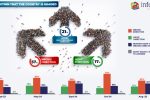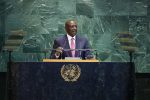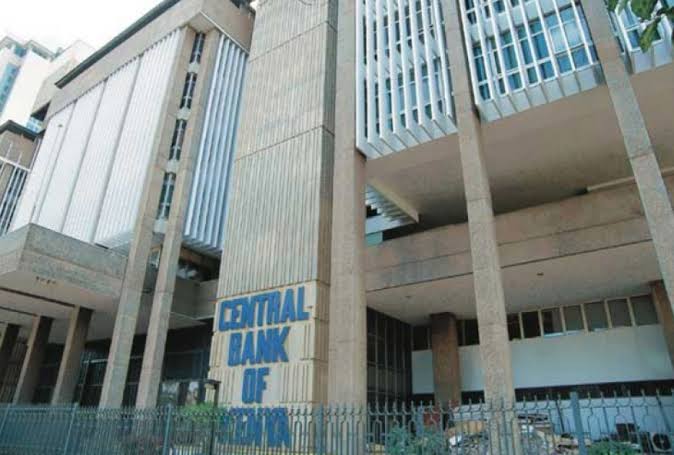In move that signals a shift in Kenya’s monetary policy, the Central Bank of Kenya (CBK) on April 8 slashed the Central Bank Rate (CBR) by 75 basis points to 10.0 percent, down from 10.75 percent.
The decision by the Monetary Policy Committee (MPC) comes amid easing inflation, improved exchange rate stability, and subdued private sector credit growth, offering a window for policy easing to boost economic activity.
This marks a significant reversal from the tightening stance the CBK had adopted over the past year to tame inflation and stabilise the shilling.
The MPC cited several converging factors that gave it room to cut rates. Chief among them is the continued decline in inflation. Headline inflation stood at 3.6 percent in March 2025, well within the target range of 5±2.5 percent, and core inflation — which excludes volatile items such as food and fuel — remained low at 2.2 percent.
Additionally, the Kenyan shilling has appreciated, and exchange rate volatility has diminished. With global oil prices stable and food inflation easing due to favorable weather, the pressure on prices has subsided significantly, giving the CBK headroom to support growth.
Stagnant Lending and Tepid Private Sector Credit
Despite the recent drop in average commercial bank lending rates — from 17.2 percent in November 2024 to 15.8 percent in March 2025 — private sector credit growth has remained anemic. In February, it even contracted by 1.3 percent, before recording a marginal growth of 0.2 percent in March.
This underwhelming response from banks and businesses signals that high borrowing costs may still be discouraging credit uptake. The CBK is now hoping that a lower CBR will provide the needed impetus for banks to ease credit conditions further and for businesses to seek financing for expansion.
Kenya’s economic growth decelerated in 2024, with GDP expanding by just 4.6 percent compared to 5.6 percent in 2023. The slowdown affected several sectors, though agriculture and services showed signs of resilience. The MPC noted that early indicators for Q1 2025 point to a recovery, with GDP growth forecasted at 5.4 percent for the year — a trajectory the CBK aims to support with accommodative monetary policy.
Surveys conducted in March 2025 among CEOs and market players revealed optimism for the economy, attributed to macroeconomic stability and easing interest rates. However, concerns persist over weak consumer demand and high operational costs, underscoring the need for measures that stimulate business confidence and spending.
The CBK also narrowed the interest rate corridor from ±150 basis points to ±75 basis points around the CBR. This technical move is intended to bring greater alignment between the policy rate and the interbank rate, enhancing the effectiveness of monetary policy transmission.
The CBK’s decision aligns with a global trend. Central banks in advanced economies, including the U.S. and the eurozone, have started easing interest rates in response to declining inflation and cooling economic activity. Kenya, now in a more stable macroeconomic position, is following suit — cautiously.
While the rate cut is a welcome relief for borrowers, the CBK faces a delicate balancing act. It must stimulate lending and growth without reigniting inflation or undermining the currency’s newfound stability.
With foreign exchange reserves at a healthy USD 9.93 billion (covering 4.44 months of imports), and the current account deficit narrowing, the fundamentals appear supportive of the CBK’s stance.












